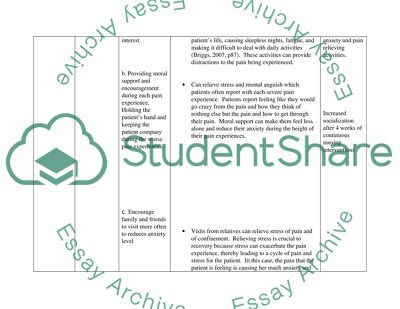Case study of a patient who was diagnosed to have bilateral varicose Essay. Retrieved from https://studentshare.org/miscellaneous/1590413-case-study-of-a-patient-who-was-diagnosed-to-have-bilateral-varicose-vein-leg-ulcer-when-she-was-in-the-hospital-during-her-this-admission-and-patient-was-referred-to-the-communitydistrict-nurse-for-the-management-of-pain-dressing-and-wound-healing-i
Case Study of a Patient Who Was Diagnosed to Have Bilateral Varicose Essay. https://studentshare.org/miscellaneous/1590413-case-study-of-a-patient-who-was-diagnosed-to-have-bilateral-varicose-vein-leg-ulcer-when-she-was-in-the-hospital-during-her-this-admission-and-patient-was-referred-to-the-communitydistrict-nurse-for-the-management-of-pain-dressing-and-wound-healing-i.


